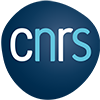Molecular Quantum Nanophotonics
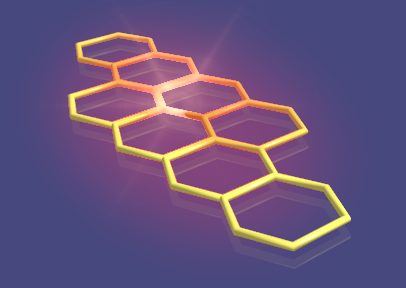
Tailoring collective effects of interacting solid-state quantum emitters in new platforms, to optimize nanoscale light-matter interactions for quantum field control.
Single molecules at low temperatures:
The manipulation and coherent control of arrays of interacting quantum systems are at the heart of the second quantum revolution. Solid-state quantum emitters such as single molecules, quantum dots, and defect centers in diamond are appealing candidates for the realization of such quantum networks.
Among them, polycyclic aromatic hydrocarbon molecules embedded in well-chosen solid matrices at liquid helium temperatures behave as simple two-level systems, with a fluorescence quantum yield close to unity. Vanishing dephasing of their transition dipole by phonon-assisted processes leads to a large absorption cross-section at their zero-phonon line (ZPL), whose linewidth reaches their fundamental lower bound determined by the inverse lifetime of the emitting state. Single impurities in solid-state systems can act as bright, on-demand single-photon sources, which are a crucial resource for photonic quantum technologies, and as nanoscale sensors, allowing the optical read-out of local properties of materials and fields such as pressure, strain, temperature, electric and magnetic fields.
Organic dye molecules can have strong zero-phonon lines, which reach their Fourier-limited natural linewidth at liquid helium temperature, thus providing very bright and stable sources of photons with among the highest degree of coherence in the solid-state.

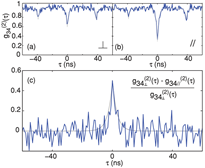
Efficient source of indistinguishable near infrared photons based on a solid-immersion-lens confocal microscope. Coincidence histograms recorded for a single DBT molecule at 2 K for (a) orthogonal and (b) parallel polarizations of the interferometer arms of a Hong-Ou Mandel Setup. (c) Normalized difference between the coincidence histograms in parallel and orthogonal polarizations Clearly shows photon coalescence. (from Phys. Rev. A 82 (2010) 063803)
Hybrid systems formed by quantum emitters strongly coupled to photonic or plasmonic nanostructures are promising elementary building blocks for the realization of integrated solid-state quantum photonics devices. In order to characterize and optimize the interactions between the emitters and the electromagnetic modes strongly confined within these nanostructures, it is crucial to develop simple optical techniques for nanometric localization of single emitters in the vicinity of these structures. Such techniques could also be used to study arrays of interacting quantum emitters and control their mutual coupling that occurs at the nanometer scale. They are thus of prime importance for the development of quantum information protocols based on networks of strongly interacting qubits.
We have developed a simple super-resolution microscopy technique based on excited operating at cryogenic temperature and showed that sub-10 nm spatial resolutions can be achieved. The technique is based on excited-state saturation (ESSat) of the molecular ZPL transition and uses light structuration methods to produce a local zero-intensity focal spot with steep longitudinal and transverse intensity gradients. This super-resolution nanoscopy of single molecules paves the way to the study of coherent interactions between single quantum emitters and to the manipulation of their degree of entanglement in the view of applications in quantum networks.
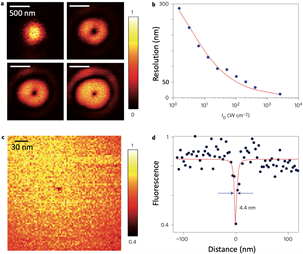
a. Images of a single DBATT molecule obtained with a Gaussian beam (upper left) and with the doughnut beam at different intensities. b, Direct-ESSat resolution as a function of doughnut intensity, c, sub-10 nm resolutions can be achieved at the highest intensities. (Nature Photonics 9 (2015) 658-662, Optics Express 27 (2018) 23486-23496)

